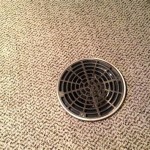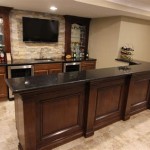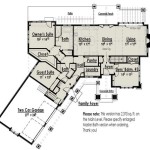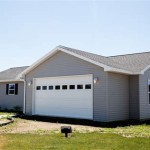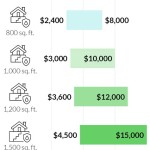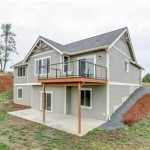How Thick Foam Board for Basement Walls
Insulating basement walls with foam board is an effective way to improve the energy efficiency of your home and make it more comfortable. Foam board is a rigid insulation material that is made from polystyrene or polyurethane. It is lightweight and easy to install, and it can be used on both interior and exterior walls.
The thickness of the foam board you need will depend on the climate in which you live and the R-value you want to achieve. R-value is a measure of the resistance to heat flow. The higher the R-value, the better the insulation.
In most climates, a foam board with an R-value of 10 to 15 is sufficient for basement walls. However, if you live in a very cold climate, you may need to use a thicker foam board with an R-value of 19 or higher.
When choosing a foam board, it is important to consider the following factors:
- Thickness: The thickness of the foam board will determine the R-value.
- R-value: The R-value is a measure of the resistance to heat flow.
- Material: Foam board is made from polystyrene or polyurethane. Polystyrene is less expensive than polyurethane, but it is also less durable.
- Faced or unfaced: Faced foam board has a layer of foil or paper on one or both sides. This layer helps to reflect heat and improve the R-value.
Once you have chosen a foam board, you can begin the installation process. The first step is to prepare the walls. This involves removing any dirt or debris, and then smoothing out any rough spots.
Next, you will need to apply adhesive to the back of the foam board. You can use a spray adhesive or a trowel to apply the adhesive.
Once the adhesive has been applied, you can begin to install the foam board. Start at the bottom of the wall and work your way up. Press the foam board firmly into place, and then use a level to make sure that it is level.
Continue installing the foam board until you have covered the entire wall. Once the foam board has been installed, you can finish the job by taping the seams and painting the walls.
Insulating your basement walls with foam board is a relatively easy and inexpensive way to improve the energy efficiency of your home. By following these steps, you can ensure that your basement is warm and comfortable all year round.

How To Insulate A Basement Wall Greenbuildingadvisor

Owens Corning Foamular 150 1 2 In X 4 Ft 8 R 7 5 Scored Squared Edge Rigid Foam Board Insulation Sheathing 88wd The Home
Basement Wall Insulation Using Rigid Foam Board

How To Insulate Basement Walls True Value

How To Insulate Your Basement S Concrete Walls The Seattle Times

Basement Wall Insulation Using Rigid Foam Board

How To Insulate Diy Your Basement With Spray Foam

Owens Corning Foamular 150 1 2 In X 4 Ft 8 R 7 5 Scored Squared Edge Rigid Foam Board Insulation Sheathing 88wd The Home

Owens Corning R 7 5 1 In X 4 Ft 8 Foamular Ngx F 150 Unfaced Polystyrene Board Insulation The Department At Lowes Com

Owens Corning Foamular 150 1 2 In X 4 Ft 8 R 7 5 Scored Squared Edge Rigid Foam Board Insulation Sheathing 88wd The Home

